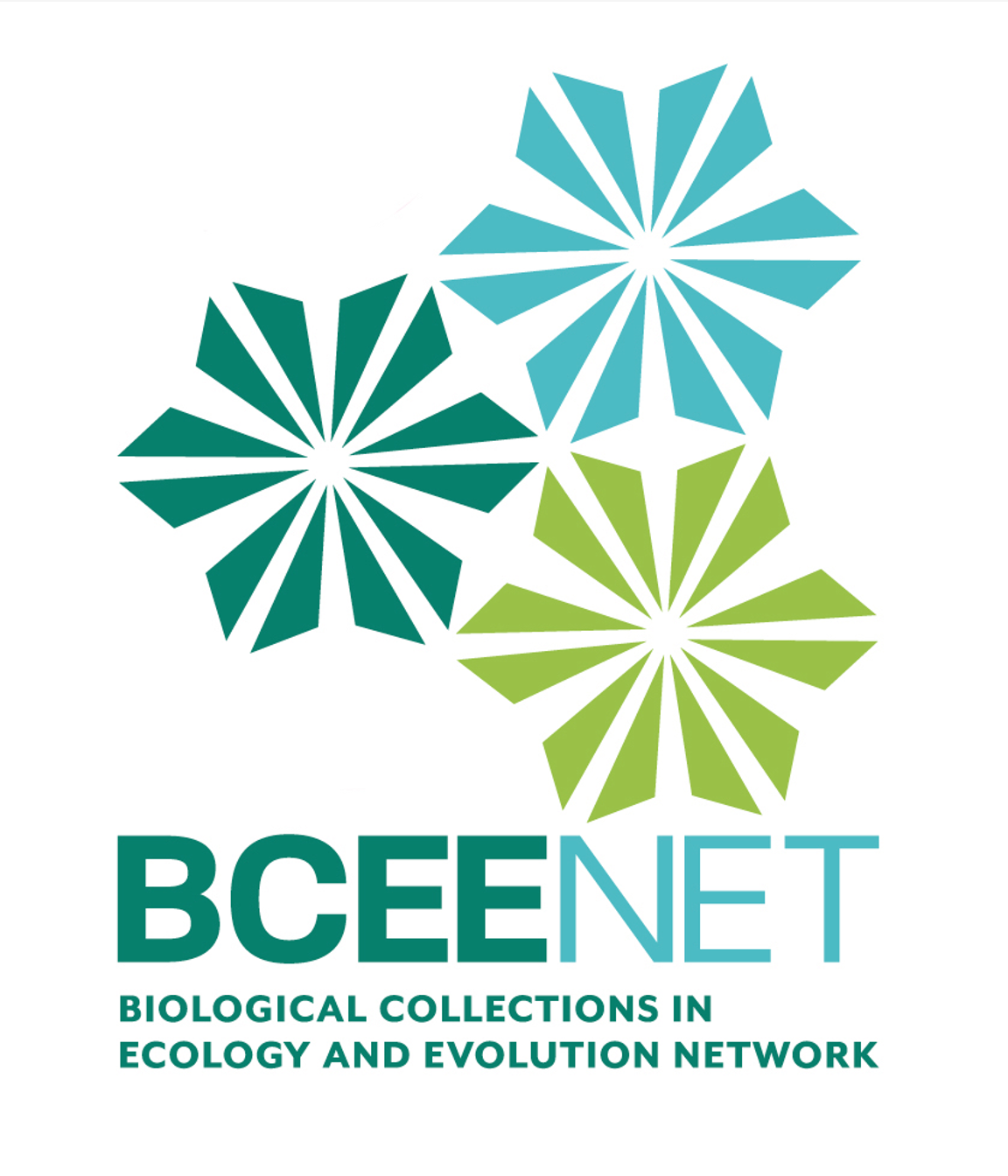Distributions CURE- Exploring Species Distribution Changes and their Drivers
Author(s): Tiffany Marie Doan1, Tanya Dewey2, John Carroll3, Liz Alter4
1. New College of Florida 2. Colorado State University and the Animal Diversity Web (animaldiversity.org) 3. Georgia Southern University 4. CSUMB
2448 total view(s), 2312 download(s)
CURE_DistDrivers_TeachingNotes.pdf(PDF | 262 KB)
CURE_DistDrivers_SpeciesDistributionsBackground.pdf(PDF | 152 KB)
CURE_DistDrivers_IntroiNatGBIFDigNatHistoryDatabases.pdf(PDF | 130 KB)
CURE_DistDrivers_Taxonomy.pdf(PDF | 197 KB)
CURE_DistDrivers_DataDownloadCleaning.pdf(PDF | 202 KB)
CURE_DistDrivers_MappingSpecimenOccurrenceQGISExtension.pdf(PDF | 188 KB)
CURE_DistDrivers_SpatialAnalysisExtension.pdf(PDF | 158 KB)
CURE_DistDrivers_SpeciesDistributionsBackground.docx(DOCX | 1 MB)
CURE_DistDrivers_IntroiNatGBIFDigNatHistoryDatabases.docx(DOCX | 1 MB)
CURE_DistDrivers_Taxonomy.docx(DOCX | 1 MB)
CURE_DistDrivers_DataDownloadCleaning.docx(DOCX | 1 MB)
CURE_DistDrivers_MappingSpecimenOccurrenceQGISExtension.docx(DOCX | 1 MB)
CURE_DistDrivers_SpatialAnalysisExtension.docx(DOCX | 1 MB)
- Cleaning Biodiversity Data: A Botanical Example Using Excel or RStudio (v1.0)
- Mapping Specimen Occurrence Data in QGIS (v1.0)
- Putting specimens on the map: An introduction to georeferencing (v1.0)
- Spatial Analysis with QGIS (v1.0)
- License terms
Description
CURE SUMMARY
Species are typically found within a geographic range that is determined by physical tolerances and biological interactions. However, the geographic range for a species may change over time as local conditions become unfavorable or new areas become more favorable. In this CURE, students will develop their own research questions to explore changes in species distributions using digitized natural history collections (dNHC) data. Students will compare present species distributions, using resources such as iNaturalist and/or their own field observations, with historical distributions using dNHC data. Working in teams, students will select species of regional importance or interest and develop research questions and form hypotheses. Using tools developed in this course, students will access, download, and clean dNHC data, georeference records, and use mapping tools to develop visualizations. This research will allow students to draw conclusions on how species ranges have shifted over time, and then explore other data - climate, invasive species, urbanization - to form new hypotheses on the drivers of the range shifts they observe. By using publicly available digitized collections to answer student-led research questions, students gain ownership of the research question and learn to leverage existing, open-access databases to answer ecological questions.
Intended Audience: Undergraduate, all levels. Suitable for in-person, hybrid, or online courses in biology or environmental science.
Learning Time: Flexible, from 8-15 weeks
Required Resources: Access to computers and internet. All tools and data needed to complete this CURE are freely available online (iDigBio, GBIF, iNaturalist, QGIS). No physical materials are needed.
Optional Tools: R Studio (free and open-source)
STUDENT LEARNING OBJECTIVES
- Develop a research question: formulate testable hypotheses and state their predictions.
- Describe the potential utility, along with the biases and uncertainties, in specimen and observational data.
- Download and clean digital collections data.
- Compare and agree upon analytical approaches to be employed.
- Analyze data to create and interpret informative graphs or other data visualizations.
- Alter research strategies through an iterative process.
- Contribute observations to natural history databases to augment data available for analysis.
- Prepare and present results/conclusions to peers in oral and/or written format.
CURRICULUM MATERIALS PROVIDED
*Core materials shared across all BCEENET CUREs
- Background- Species Distributions: Interactions Between Organisms and their Environment
- Introduction to iNaturalist and GBIF- Digital Natural History Resources
- Introduction to Taxonomy and Taxonomic Name Changes
- Downloading and Cleaning Data from iDigBio
- *Putting Specimens on the Map: An Introduction to Georeferencing (Sorojsrisom & Johnson, 2022)
- *Mapping Specimen Occurrence Data with QGIS (Bronson, 2021)
- Extension to Mapping Specimen Occurrence Data with QGIS and Excel
- *Spatial Analysis in QGIS and Excel (Kerney & Whitfeld, 2021)
- Extension to Spatial Analysis in QGIS and Excel
CONTACT US
Corresponding author- Tiffany Doan, tiffperu@yahoo.com
BCEENET- bceenetwork@gmail.com
This content was created by members of BCEENET, Biological Collections in Ecology and Evolution Network, and funded by the National Science Foundation under Grant No. 2032158. Any opinions, findings, and conclusions or recommendations expressed in this material are those of the authors and do not necessarily reflect the views of the National Science Foundation.
Cite this work
Researchers should cite this work as follows:
- Doan, T. M., Dewey, T., Carroll, J., Alter, L. (2022). Distributions CURE- Exploring Species Distribution Changes and their Drivers. BCEENET- Biological Collections in Ecology & Evolution Network, QUBES Educational Resources. doi:10.25334/FSR4-MQ46
